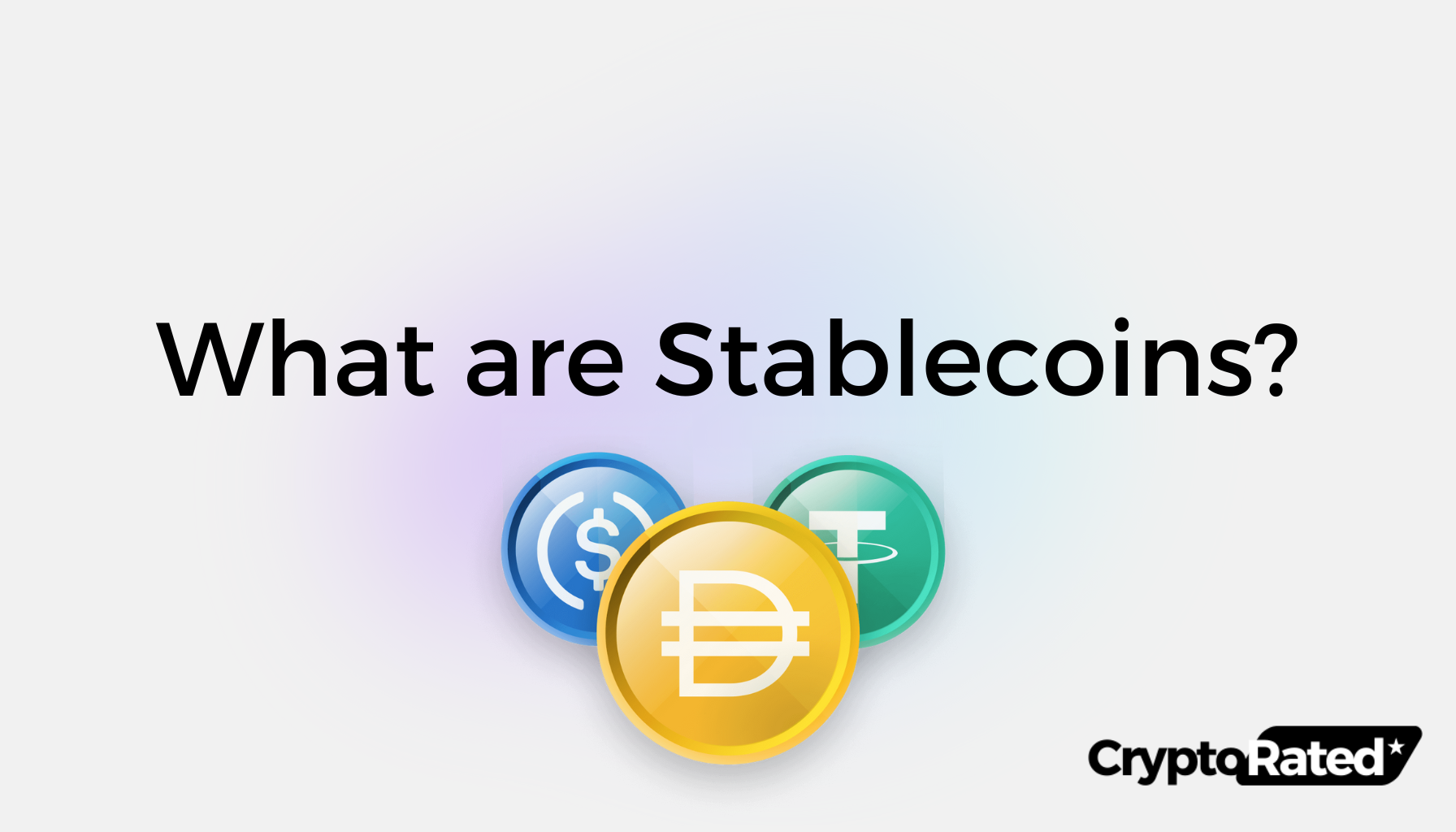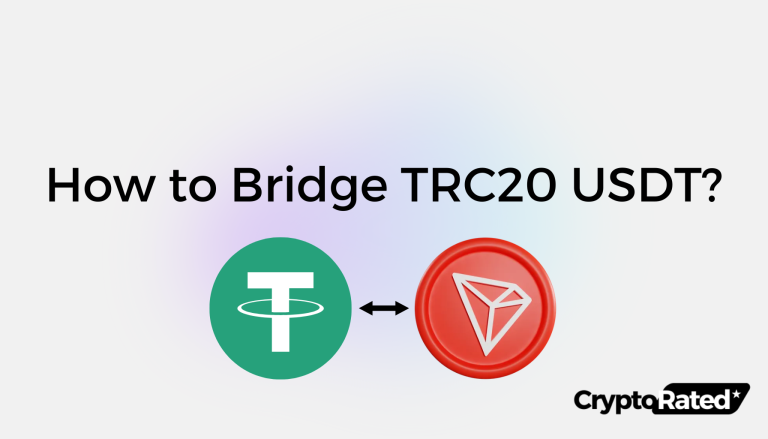
What are stablecoins?
Stablecoins have emerged as a class of cryptocurrencies that aim to offer investors price stability by using specific assets or algorithms to adjust their supply based on demand. Since the first stablecoin was issued in 2014, they have gained popularity as they offer the speed and security of blockchain while eliminating the volatility that most cryptocurrencies face.
Initially, stablecoins were primarily used to buy cryptocurrencies on trading platforms that did not offer fiat currency trading pairs. However, as their adoption grew, stablecoins are now used in several blockchain-based financial services, such as lending platforms, and can even be used to pay for goods and services.
Key Takeaways
- Stablecoins offer price stability by using specific assets or algorithms to adjust their supply based on demand.
- They were initially used to buy cryptocurrencies on trading platforms that did not offer fiat currency trading pairs but are now used in several blockchain-based financial services.
- Stablecoins are programmable and can interact with blockchain-based applications and smart contracts.
What Is The Value Proposition Of Stablecoin?
Popular cryptocurrencies like Bitcoin and Ether can suffer from high volatility, making them less attractive for use as a medium of exchange. Stablecoins aim to solve this problem by maintaining a stable value, making them a good store of value, and encouraging their adoption in regular transactions.
Stablecoins are inherently stable assets that bridge the gap between fiat and cryptocurrencies. They can be used as mediums of exchange, units of account, and stores of value, meaning they maintain their value, are used to value goods and services, and facilitate commerce.
Most stablecoins are pegged to the value of either a specific fiat currency or a particular commodity such as gold. This peg is maintained through several different mechanisms, with the most common method being asset backing.
A stablecoin is backed 1:1 if, for every stablecoin in circulation, there are assets worth an equivalent amount backing it. For instance, a stablecoin pegged to the US dollar should be worth one dollar.
In summary, stablecoins are a type of cryptocurrency designed to offer the flexibility of digital assets with the price stability of fiat currency. They can be used as mediums of exchange, units of account, and stores of value, making them suitable for everyday transactions.
What Are The Most Common Use Cases of Stablecoins?
Stablecoins were initially created as a replacement for fiat currency on exchanges, offering investors a haven from the volatility of other crypto assets. However, the use cases for stablecoins have expanded with the development of decentralized finance (DeFi) and smart contract-enabled blockchain networks.
One of the primary use cases for stablecoins is lending and borrowing in the DeFi space. Stablecoins can be used to earn higher yields than traditional savings accounts or to take out cryptocurrency-backed loans. However, it is important to note that stablecoin offerings do not provide any government-backed insurance.
Stablecoins are also widely used on decentralized exchanges (DEXs), which are marketplaces where transactions are made directly between traders. Smart contract-enabled blockchain networks allow for the development of DEXs, which can offer greater privacy and security than centralized exchanges.
Another use case for stablecoins is cross-border payments. Stablecoins make it cheaper and faster to move money across borders, as only a transaction fee needs to be paid to move funds on the blockchain. Cross-border transactions settled on the blockchain can take between a few seconds to an hour, depending on various factors. This is significantly faster than traditional cross-border transactions, which can take days to settle.
Overall, stablecoins have a wide range of use cases, from lending and borrowing in DeFi to cross-border payments and hedging against market volatility. As the blockchain ecosystem continues to evolve, new use cases for stablecoins will likely emerge.
What Are The Different Types of Stablecoins?
1. Fiat-Backed
Imagine a dollar sitting in a vault for every USD Coin in your wallet. Fiat-backed stablecoins offer exactly that: a 1:1 peg to a specific fiat currency, like the US dollar. Centralized entities hold reserves in cash or equivalents, ensuring stability through audits and regulatory compliance. Think Tether – familiar, centralized, and KYC mandatory for direct purchases.
One example of a fiat-backed stablecoin is USD Coin (USDC). It’s pegged to the US dollar, held in reserve by regulated financial institutions, and audited regularly. Just like Tether, it offers stability and familiarity, requiring KYC for direct purchases.
2. Crypto-Backed
Not confined by traditional currencies, crypto-backed stablecoins hitch their wagon to other cryptocurrencies like Bitcoin or Ethereum. Overcollateralization often acts as the safety net, meaning more than enough crypto sits behind each stablecoin to weather market swings. Decentralized smart contracts manage the show, eliminating central control but requiring constant monitoring.
DAI (DAI) is pegged to the US dollar using a system of smart contracts and overcollateralized debt positions on the Ethereum blockchain. Users deposit Ether (ETH) as collateral and mint DAI in exchange, creating a dynamic supply that adjusts to demand and helps maintain the peg. DAI offers decentralized stability without relying on fiat currencies or centralized entities.
3. Commodity-Backed
These tokens represent real-world assets like precious metals, oil, or even real estate. They unlock convenient access to otherwise cumbersome investments, simplifying ownership without physical burdens. Just remember, like their physical counterparts, these assets fluctuate in value, meaning your stablecoin can rise or fall with them.
Pax Gold (PAXG) is pegged to one troy ounce of physical gold stored in professional vaults. Each PAXG token is fully redeemable for its underlying gold, offering direct ownership of the precious metal without the hassle of storage or security concerns. PAXG provides stability tied to a real-world asset, but remember that gold prices can fluctuate, impacting the value of your tokens.
4. Algorithmic
These complex programs use ingenious mechanisms to maintain their peg, constantly adjusting supply and demand through automated processes. Think of them as self-driving central banks on the blockchain, offering decentralization but also vulnerability to unexpected market mayhem.
Frax Share (FRAX) uses a hybrid model with two tokens: FRAX, the stablecoin pegged to the US dollar, and FXS, the governance token. FRAX maintains its peg through a combination of algorithms: arbitrage opportunities incentivize minting or burning FRAX based on its market price, while FXS holders can vote on protocol parameters like seigniorage fees.
5. Non-Collateralized
Unlike traditional stablecoins backed by physical assets, non-collateralized ones rely solely on sophisticated algorithms to maintain their $1 peg. These algorithms dynamically adjust the token supply by minting new ones when the price dips and burning existing ones when it rises.
TerraUSD (UST) was an algorithmic stablecoin designed to hold its $1 peg through an elaborate dance with its sister token, LUNA. But in May 2022, a market crash triggered a death spiral: UST fell, mass LUNA minting flooded the market, and both tokens crashed, sending billions up in smoke.
| Type | Backing | Mechanics | Features | Risks |
|---|---|---|---|---|
| Fiat-Backed | Cash reserves | 1:1 peg to fiat | Familiar, centralized | KYC, limited decentralization |
| Crypto-Backed | Other cryptos | Overcollateralized, smart contracts | Decentralized, volatile | Requires monitoring |
| Commodity-Backed | Real-world assets | Tokenized asset exposure | Convenient, physical burden | Asset price fluctuation |
| Algorithmic | Complex algorithms | Dynamic supply adjustment | Decentralized, trustless | Algorithmic risks, market crashes |
| Non-Collateral | None | Algorithmic supply control | High-reward potential | High risk, trust dependence |
Advantages and Disadvantages of Stablecoins
Pros:
- Stability and Security: Mirror fiat stability without traditional banking burdens.
- Cheaper Transactions: Faster and lower cost than fiat for cross-border payments.
- Earning Potential: Generate higher yields than traditional savings accounts.
- Loan & Insurance Options: Access crypto-backed loans and insurance.
- Accessibility & Liquidity: Widely accepted and easily traded for fiat.
- Commodity Convenience: Easier to carry and trade commodities via stablecoins.
Cons:
- Counterparty Risk: Issuer might not back tokens with promised reserves.
- Centralization Concerns: Reliance on auditors and institutions carries human error risk.
- Commercial Paper Risk: Fiat-backed coins often use risky short-term debt.
- Market Volatility Risk: Value may fluctuate during turmoil or audit failures.
- Algorithmic Ponzi Risk: Some algorithmic coins rely on unsustainable user growth.

Final Thoughts on Stablecoins
Stablecoins have ignited a financial revolution, blurring the lines between traditional finance and the blockchain. Their promise of fiat-like stability within a decentralized landscape is undeniably alluring. Faster transactions, higher yield opportunities, and seamless DeFi integration paint a compelling picture. Yet, beneath the surface lurk shadows of risk – counterparty dependence, algorithmic vulnerabilities, and exposure to volatile markets. The future of stablecoins hinges on addressing these concerns, fostering transparency, and building robust governance models.
Frequently Asked Questions
-
What Are Stablecoins?
Stablecoins mimic fiat currencies on the blockchain, aiming for price stability through various mechanisms like fiat or asset backing, algorithms, or a combination. They offer benefits like faster cross-border payments, higher yields than savings accounts, and access to DeFi applications.
-
What are the main types of stablecoins, and how do they differ?
Stablecoins can be classified into three main types: fiat-backed, crypto-backed, and algorithmic. Fiat-backed stablecoins are pegged to a fiat currency such as the US dollar, and their value is maintained by holding reserves in that currency.
-
How Are Stablecoins Pegged To Maintain Their Stability?
Stablecoins are pegged to maintain their stability by holding reserves in the asset they are pegged to. For example, a stablecoin pegged to the US dollar would hold reserves in US dollars to ensure that its value remains stable. In the case of crypto-backed stablecoins, the reserves are held in a cryptocurrency, and the value of the stablecoin is determined by the value of the cryptocurrency.
WRITTEN
Peter Barker
Peter is an experienced crypto content writer and a DeFi enthusiast with more than 3+ years of experience in the space. Previously a journalist and news editor at a leading European news sourcing agency.



